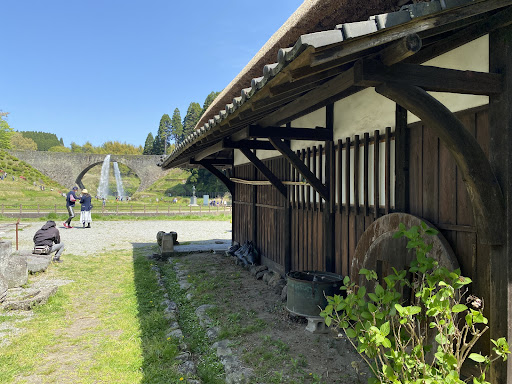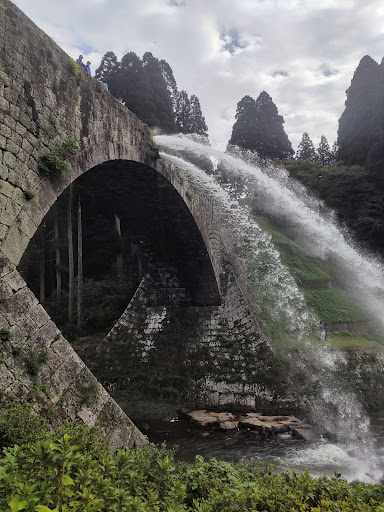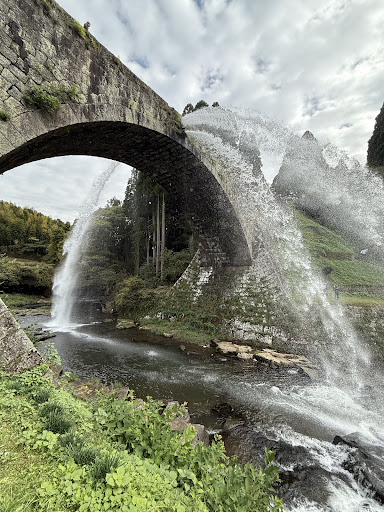Tsūjun Bridge things to do, attractions, restaurants, events info and trip planning

Basic Info
Tsūjun Bridge
Nagahara, 郡山都, Kamimashiki District, Kumamoto 861-3661, Japan
4.3(1.0K)
Open 24 hours
Save
spot
spot
Ratings & Description
Info
Tsūjun Bridge is an aqueduct in Yamato, Kumamoto, Japan. It is an arch bridge completed in 1854 and is 84.0m long. The arch spans 27.3m. It is the largest stone aqueduct in Japan. The Japanese Agency for Cultural Affairs has designated the bridge an National Treasure.
Cultural
Scenic
Outdoor
Family friendly
Accessibility
attractions: , restaurants: Ochika Ramen, Fujinoya, Yamurakan, Daifuku, 日本料理 紗綯, Matsukaze
 Learn more insights from Wanderboat AI.
Learn more insights from Wanderboat AI.Phone
+81 967-72-1115
Website
tsujunbridge.jp
Plan your stay

Pet-friendly Hotels in Yamato
Find a cozy hotel nearby and make it a full experience.

Affordable Hotels in Yamato
Find a cozy hotel nearby and make it a full experience.

The Coolest Hotels You Haven't Heard Of (Yet)
Find a cozy hotel nearby and make it a full experience.

Trending Stays Worth the Hype in Yamato
Find a cozy hotel nearby and make it a full experience.
Reviews
Nearby restaurants of Tsūjun Bridge
Ochika Ramen
Fujinoya
Yamurakan
Daifuku
日本料理 紗綯
Matsukaze
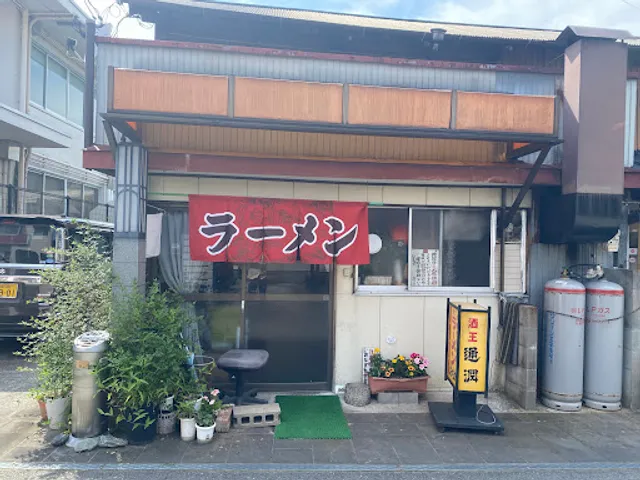
Ochika Ramen
4.4
(450)
Click for details
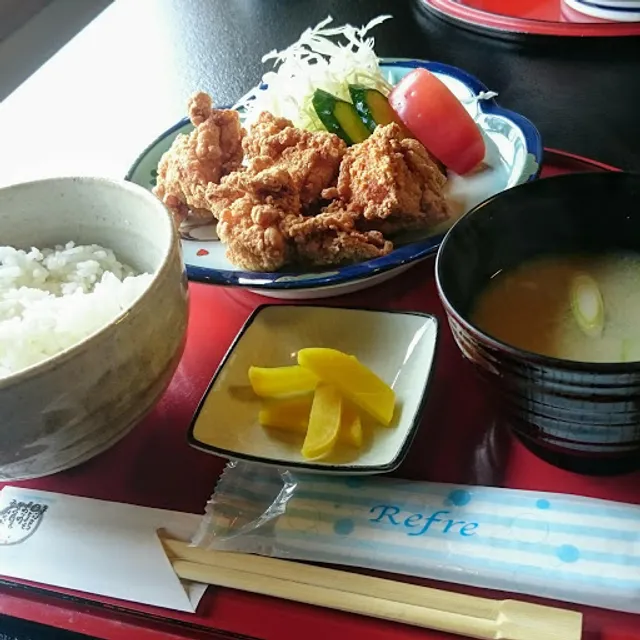
Fujinoya
4.0
(8)
Closed
Click for details
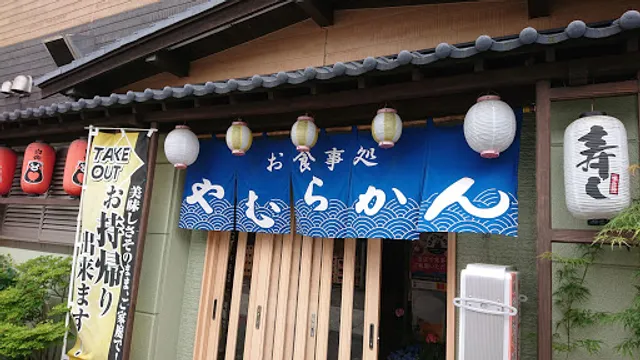
Yamurakan
4.1
(44)
$
Click for details

Daifuku
4.1
(27)
Click for details



